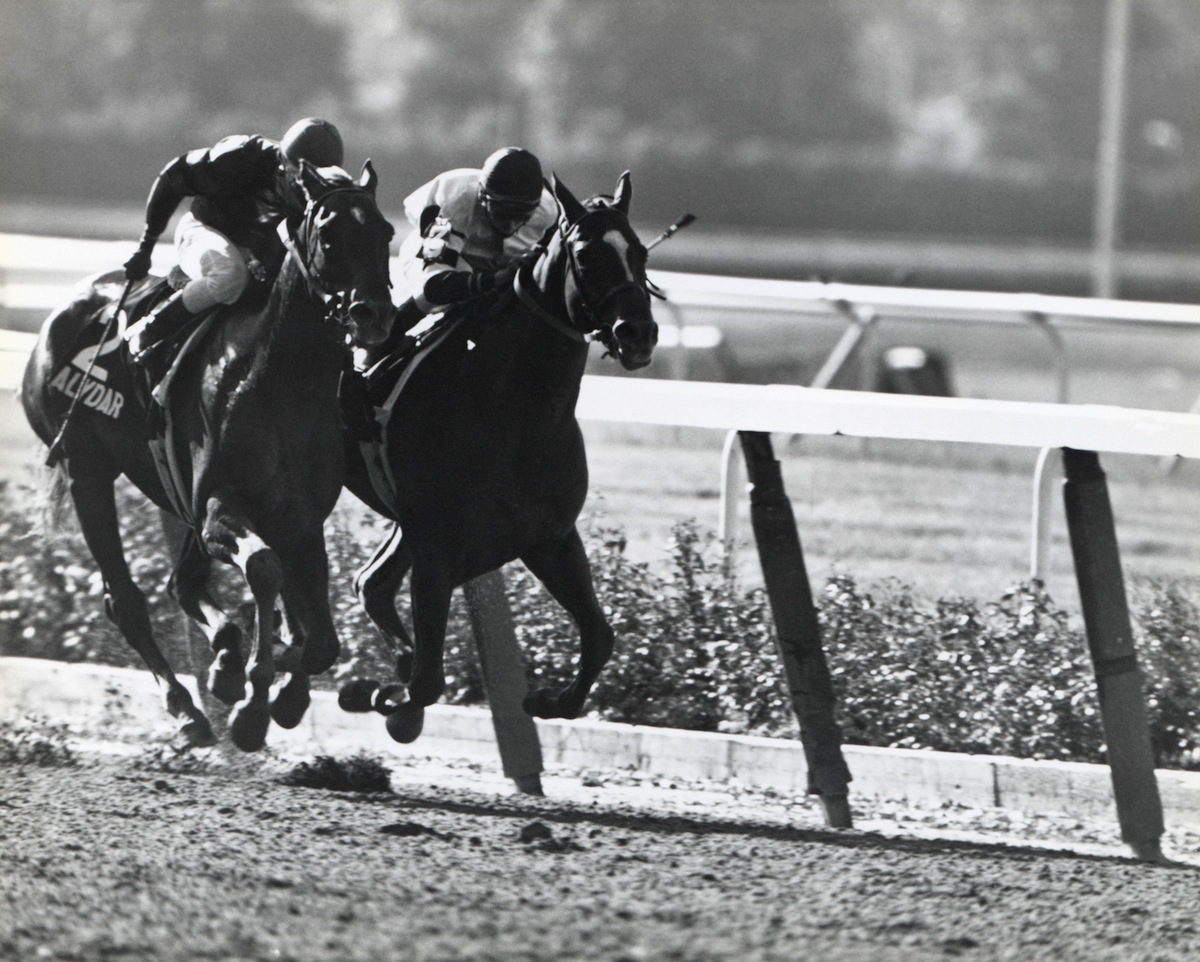
Look at a list of past Triple Crown winners and something is immediately obvious: it’s been nearly a century since the trio of races—the Kentucky Derby, the Preakness and the Belmont Stakes—were lumped together under that name, and the horses who have won are lumped together too. The 1930s saw three winners; the 1940s had four, and there were three in the 1970s. The only outlier was in 1919, before the three races were widely known as the Triple Crown. If American Pharoah takes the title at Belmont on Saturday, he will be the first winner of all three in 37 years.
So why does it seem like certain decades produce great Triple Crown horses and others fall flat?
TIME asked just that same question in 1979, the year after Affirmed took the elusive title:
When the big, three-sided trophy by Cartier was inaugurated by the Thoroughbred Racing Association in 1950, only nine horses, from Sir Barton in 1919 to Citation in 1948, had earned the right to have their names engraved on the emblem of the Triple Crown of American racing. After Citation, 25 long years passed before Secretariat added another name to that most select circle, and through the long drought, one question bedeviled breeders, owners, trainers and bettors alike: Why were there no Triple Crown champions?
But once Secretariat broke the spell in 1973, there followed in quick succession a parade of superhorses. Seattle Slew won the title in 1977, Affirmed last year, and this year Spectacular Bid is the favorite to capture the Belmont Stakes on Saturday and, with it, the coveted Triple Crown. The new question: Why are there suddenly so many champions?
The answer, it turned out, was an unsatisfying one: winning streaks are mostly luck. Why do we think otherwise? Blame a concept familiar to statisticians and gamblers: the clustering illusion, which is the human tendency to see streaks as significant, whereas in reality any series of events is likely to contain its fair share of clusters. Though horse racing is not actually random in the way a coin toss is, the analogy holds up: one study about streaks in basketball, a similarly talent-based activity, found that perceived hot streaks or cold streaks were pretty much just in the players’ and fans’ imaginations.
Sure, some factors were under human control. The top sires of the 1970s, like Bold Ruler, whose descendants included both Secretariat and Seattle Slew, were being made more available to a greater number of mares, creating a stronger pool. Still, racing magnate Alfred Gwynne Vanderbilt told TIME that those were probably not the deciding factors. “I can’t think of any logical reason for more Triple Crown horses lately,” he said. “And if we do get a third in a row this year, I think it’s mostly chance.”
As it turned out, Spectacular Bid’s luck had run out. Same for every horse that followed in his footsteps. We’ll see if that holds for another year.
Read the full story from 1979, here in the TIME Vault: Riddle of the Triple Crown
More Must-Reads From TIME
- The 100 Most Influential People of 2024
- The Revolution of Yulia Navalnaya
- 6 Compliments That Land Every Time
- What's the Deal With the Bitcoin Halving?
- If You're Dating Right Now , You're Brave: Column
- The AI That Could Heal a Divided Internet
- Fallout Is a Brilliant Model for the Future of Video Game Adaptations
- Want Weekly Recs on What to Watch, Read, and More? Sign Up for Worth Your Time
Write to Lily Rothman at lily.rothman@time.com